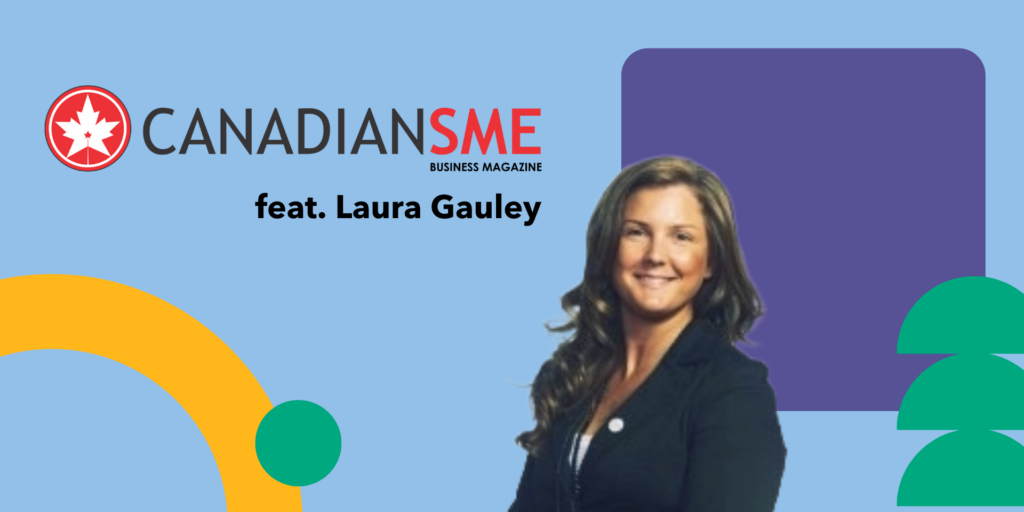[vc_row][vc_column][vc_column_text margin_bottom=”20″]Many owners or managers have struggled with how to best allocate scarce cash resources.
The struggle to manage who to pay, and to manage those not being paid, goes hand in hand with trying to collect from those who owe you in order to be able to pay your own obligations.
This reactive, self-perpetuating cycle is the short-term issue that consumes significant business cycles and is very distracting from the core business function of running your operations effectively and profitably. Even in times of great cash flow pressures – in fact, especially in such times – it is important to look beyond the short term crisis to consider whether there is a longer term issue.
Identifying the key cause(s) is necessary in order to address the issue and allow you to focus on building value in your business.
What is the root cause of the problem?
Is it a one-time issue caused by an unusual circumstance that is unlikely to reoccur?
Best addressed in advance, a short term line of credit or similar facility can be combined with negotiating longer payment terms with key suppliers to allow a profitable business to address an unusual circumstance.
Is your business reliant on long payment terms from your customers?
If this is the case, you will want to negotiate different payment terms with your suppliers or build the cost associated with accessing a line of credit or another source of operating cash funding into your selling price.
Building a long-term solution will reduce the time spent managing your cash flow issues and ensure that your credibility with your valued suppliers is not impacted once they understand the realities of your sales cycle and know that you can be relied upon to pay.
Are you investing in many different opportunities?
These investments may not be fully funded by your ongoing business and causing you cash flow challenges. How long will they take to produce business and what is the level of risk? Separately quantifying not only the profitability but also the cash flow impact again gives you critical information to inform your decision-making and allows you to find funding solutions in advance.
Consider forecasting your income and costs for your core business first and then layer on incremental activities. This will allow you to better understand the incremental impacts of other activities or projects. Having the right financial models including a forecasted income statement and a cash flow forecast also allows you to access external sources of funding that need this information to make their decisions.
Are you making money?
This is the simplest and most fundamental question. Take a longer term view of your business and build a realistic forecasted income statement. You can then look at the cash flow or impact of timing differences between when you collect payment for your sales vs when you pay your bills to understand the impact of the timing differences on your operations.
How does timing impact your business?
Consider how timing impacts your business and build a cash flow model that looks at your business over the next twelve months on a monthly basis. Start with your sales and project when you expect to be paid for each sale.
Look back to see how long it took to be paid over the past year for key customers or in each business area and incorporate a payment time that is based on your actual history as that is typically the best predictor of future behaviour. Show that assumption clearly so that later you can review what happens if payment time becomes longer and see how your cash flow is impacted.
Once you have listed your expenses each month, you can project how much money you will have at the end of each month. Ensure that the numbers included on your cash flow are the same as what you included in your forecasted income statement. You now have some important information to inform decisions around your cash needs.
You can take action to negotiate payment terms with your customer, extend your payment terms to match your customer payment terms, access operational cash loans and/or make changes to your business operations that improve your profitability.
Don’t forget about the “what-ifs”
Don’t forget to take some time to re-examine the validity of your assumptions and what happens with some different assumptions. For example, consider what happens if your customers take longer to pay, if a product costs 10% more to produce, or it takes one more month to be ready to ship product. Review the areas where your business is exposed to risk and be sure you understand the impact of changes in these areas on your cash flow.
Taking the time to look at the longer term cash flow scenarios allows you to address the underlying issues and address the issues proactively rather than always being in a reactive mode. You can then make better informed decisions and determine your path forward with a steady hand.
[/vc_column_text][vc_column_text margin_bottom=”15″]
Do you need help managing your cash flow? Business Sherpa Group Virtual CFOs can manage your cash so there are no surprises. Learn more about our Finance & Administration practice.[/vc_column_text][/vc_column][/vc_row][vc_row][vc_column width=”1/4″][mk_circle_image src=”https://www.businesssherpagroup.com/wp-content/uploads/2016/03/Jan-ODonnell.jpg” image_diameter=”300″][/vc_column][vc_column width=”3/4″][vc_column_text]
About the Author
Jan O’Donnell is the Managing Director for the Finance & Administration practice and CFO for the Business Sherpa Group. Jan is a Chartered Professional Accountant (CPA) and has been providing Contract CFO support to high technology, small businesses and not for profit clients since 2004. Jan is passionate about combining her business and financial management expertise to provide a hands-on approach to building and enhancing the finance role within small and medium sized organizations.
[/vc_column_text][mk_contact_info email=”jan@businesssherpagroup.com”][/vc_column][/vc_row]










